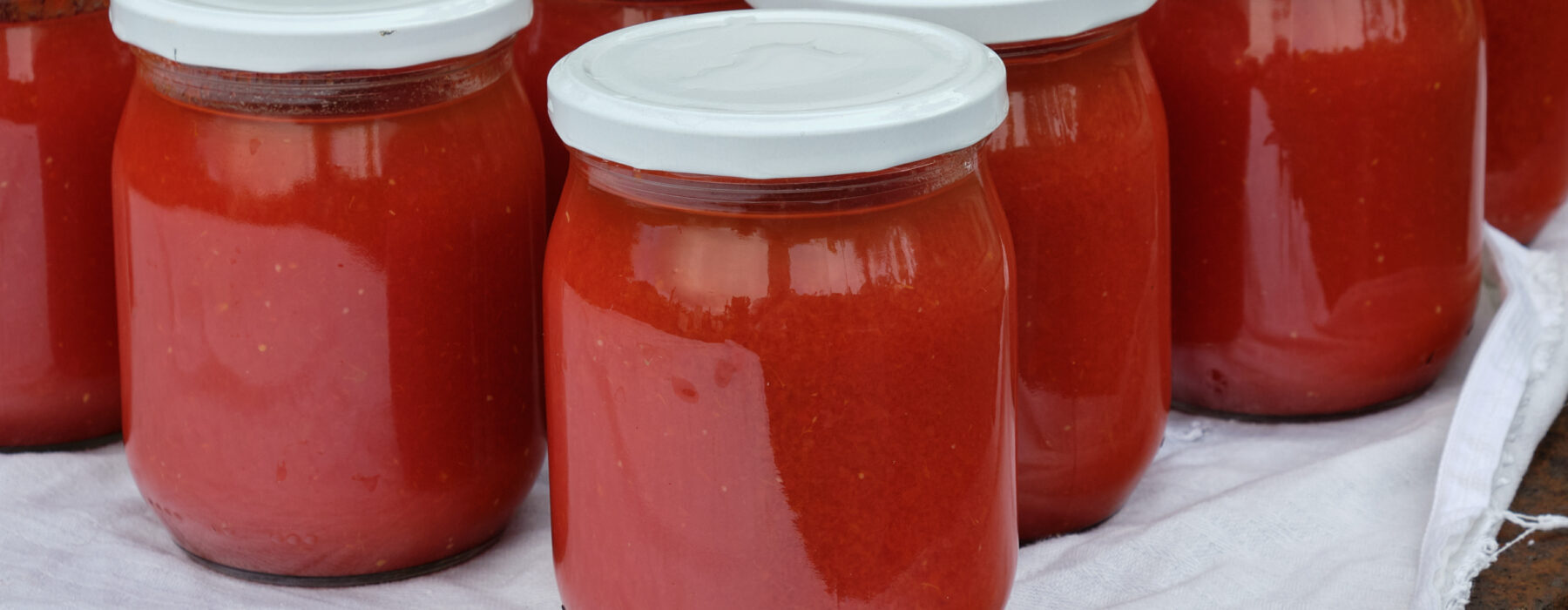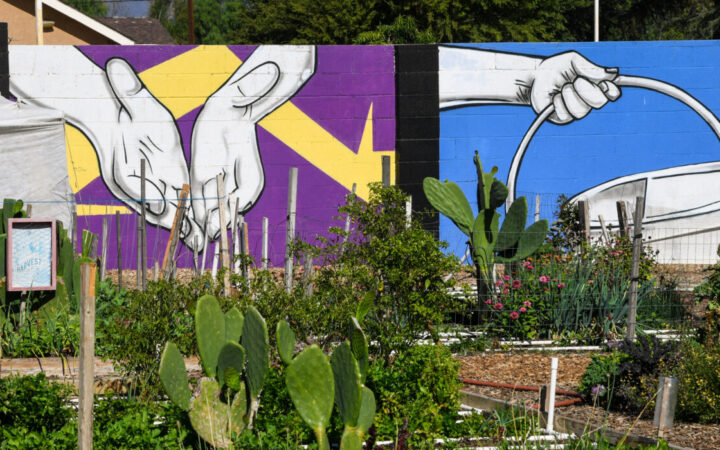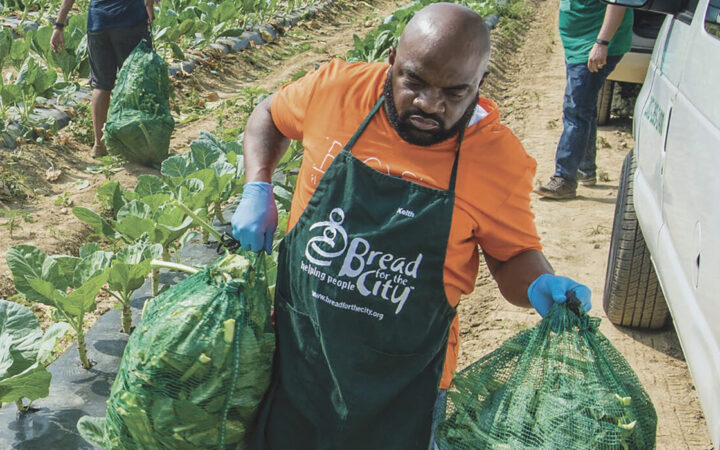This guide will help gleaning organizations understand and manage some of the food safety liability risks of value-added production. Specifically, this guide discusses the federal food safety obligations of gleaning organizations in value-added production and the implications of value-added production on the enhanced food safety liability protections through the Bill Emerson Good Samaritan Act.
Introduction
Value-added products, such as processed food items, provide additional value to consumers and added revenue for the processor. Some examples of value-added production include processing berries into jam or vegetables into soup.1 Many gleaning organizations are turning to value-added products to capture increased returns, extend the season of their gleaned produce, and reduce waste. Fruits and vegetables that are not visually perfect or are past peak freshness can find new purpose as ingredients in jams, jellies, soups, sauces, or dried goods like leathers and jerkies.
Creating a value-added food product requires the coordination of volunteers and staff; ensuring sanitary and, typically, inspected kitchens; and an understanding of the liabilities and protocols involved in production. There are many types of liability to consider before entering into a new product line, including:
- increased risk of workplace injuries,
- OSHA compliance and workers’ compensation;
- new tax burdens;
- new contractual relationships with landlords, suppliers, and buyers; and • food safety and liability for food-borne illness.
Like other food businesses, gleaning organizations may have to implement new procedures to comply with federal and state food safety and labeling laws.
This guide will help gleaning organizations understand and manage some of the food safety liability risks of value- added production. Specifically, this guide discusses the federal food safety obligations of gleaning organizations in value-added production and the implications of value-added production on the enhanced food safety liability protections gleaning organizations enjoy through the Bill Emerson Good Samaritan Act, discussed below. Other risks associated with value-added production, such as the increased risk of employee or volunteer injury, are beyond the scope of this guide and require a fact-intensive analysis. If a gleaning organization’s management team does not feel equipped to navigate these other risks, they should contact an attorney licensed in their state.
Acknowledgements
This guide was produced by the Center for Agriculture and Food Systems at Vermont Law and Graduate School with support from the USDA National Agricultural Library. It was created as part of the National Gleaning Project. We thank the following for reviewing this guide: Laurie J. Beyranevand, Wendy Chen, Claire Child, Claire Hermann, and Lihlani Nelson from CAFS; Shawn Peterson from the Association of Gleaning Organizations; and the National Gleaning Project. We also thank the following people for contributing to research: Theresa Snow, Salvation Farms; Sami Stein Avner, Tikkun-Ha-Ir; and Lisa de Santis, Kokua Harvest. Thank you to Em Green, Vermont Law and Graduate School law student, for support with citations.
Suggested Citation
Olivia Burton & Erika Dunyak, Vt. L. & Grad. Sch. Ctr. for Agric. and Food Sys., Gleaning Organizations and Value-Added Products (2024), https://www.vermontlaw.edu/sites/default/files/2024-04/gleaning-organizations-value-added-products.pdf.




